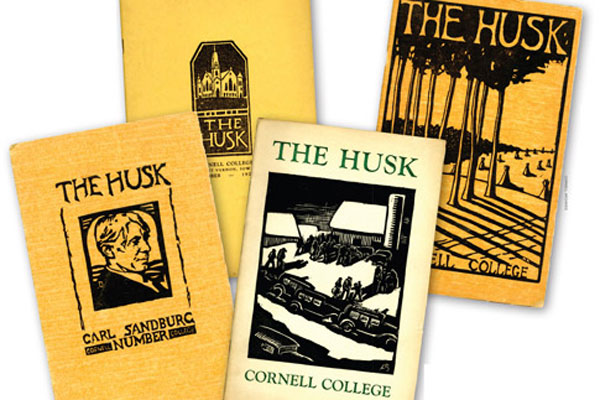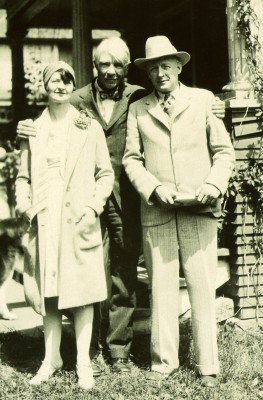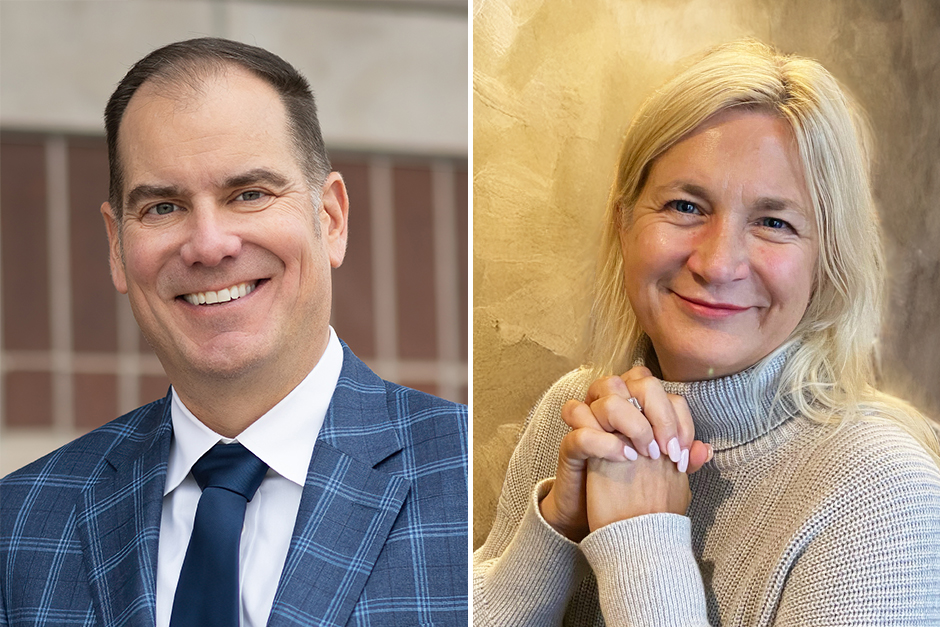Building on literary history

“The Center for Literary Arts recognizes that writing is not just something done by English majors.”
Cornell President Jonathan Brand
Cornell has a long history of literary excellence, from R.P. Dana serving as editor-in-chief for the revived North American Review to the noted writers who have visited campus, including Carl Sandburg, Saul Bellow, Robert Frost, Stephen Spender, and W. H. Auden.
Drawing on that tradition, the college is launching an academic enrichment program known as the Center for the Literary Arts.
The center will foster the cultivation of imaginative writing and communication across departments and disciplines.
Cornell President Jonathan Brand said the new center is another example of the way Cornell is innovating within the traditional liberal arts.
“The Center for Literary Arts recognizes that writing is not just something done by English majors,” he said. “All students who have an interest in expressing themselves will benefit from the center and from interacting with the many writers we hope it will attract.”

For nearly 100 years, the English faculty have used creative writing to enrich liberal education and nurture talented young writers. Professor Clyde Tull (1917–1947) founded and edited the first literary journal at Cornell, The Husk, which published student work from 1922–1967. In 1968, Dana continued that tradition by establishing the current student literary journal, Open Field. Dana was also Iowa’s Poet Laureate from 2004 to 2008.
And English Professor Winifred Van Etten ’25 (1928–1934, 1936–1968) wrote the best-selling novel, “I am the Fox.” An annual prize is given in her name to the junior English and creative writing major who shows the most creativity and scholarship in the department.
The college’s Visiting Writers Series includes writers from the University of Iowa’s International Writing Program as well as award-winning contemporary writers such as poet and essayist Mark Doty, poet Angie Estes and memoirist John Price.
The program is being supported by alumni who have pledged nearly $100,000 over five years to fund programming and an Emerging Writer-In-Residence.
Supporters include John Strawn ’61, who was a history major, Catharine Phelps Warmbrod ’51, an English major, Mike Conklin ’69, a politics major and Mary Geisinger Nakayama ’65, an education major.
As additional funding becomes available, the college is planning to add an Emerging Writer-in-Residence, a person who has recently completed an MFA program in writing and shows promise. The emerging writer will split his or her time between writing, teaching and administrative duties for the center, said Glenn Freeman, author, creative writing faculty, and chair of the center’s operations committee.
“The emerging writer-in-residence position will make Cornell an attractive destination for writers and enhance an already strong program,” Freeman said. “The position, along with the center generally, shows our commitment to cultivating powerful, expressive writing and communication.”
Web extra- Read two poems submitted by Carl Sandburg to The Husk, and an account of his visits to campus by future English Professor Winifred Mayne Van Etten ’25.



